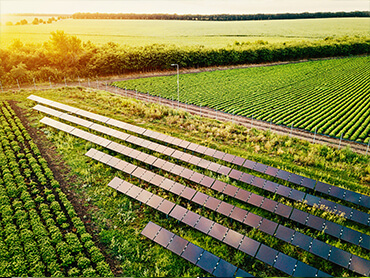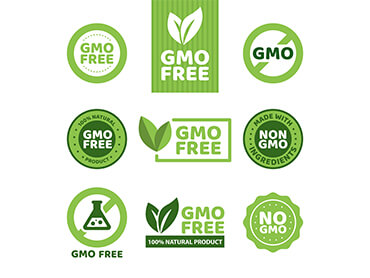A genetically modified organism (GMO) is any item that has been altered at the molecular level. In agriculture, GMOs are typically created in order to boost yields, improve quality, and repel insects.
Pros:
- An international panel of scientists found that genetically altered crops are as safe as traditional crops
- Genetic modification allows crops to be grown with additional vitamins and nutrients
- Crops can also be engineered to repel certain insects
- Foods might be grown in places that are today ridden with drought or floods
Cons:
- Many scientists believe that GMOs increase new toxins and allergens in foods
- May increase the use of chemicals
- May create herbicide-resistant weeds
- May disturb the ecological balance




